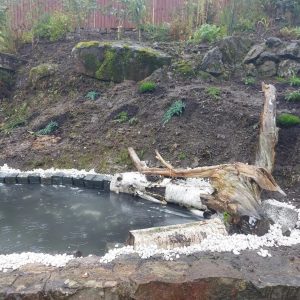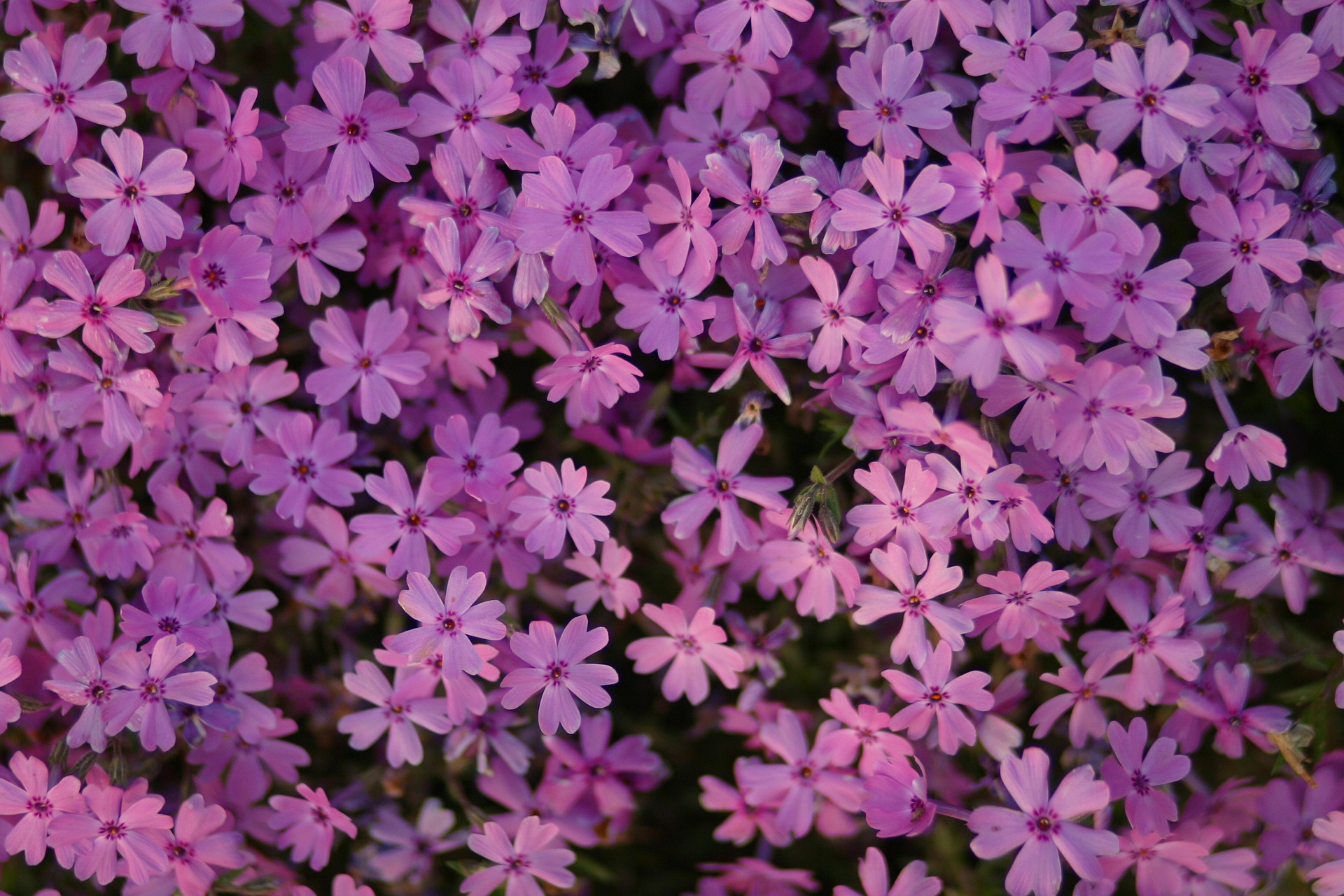Sloping gardens: what are the best plants for a sloping garden?
Gardening on a gradient can be a real challenge, but as we explained in our previous post, Sloping gardens: how to make the most of a garden on a gradient without it costing the earth, it can also be a fantastic opportunity. This post is dedicated to helping you discover the very best plants and planting schemes for a sloping or steep garden.
We’re going to assume that you have embraced, or plan to embrace, your sloping garden and make the most of the space.
The next step is to get planting.
But how do you know what plants are best?
Of course, to some extent, it depends on your specific context. But we have put together some advice and pointers to get you started.
What if I terraced my sloping garden?
If you’ve opted for terracing, we’ll cover the best planting schemes for terraced gardens another time. This post is all about embracing your sloping garden – whether you have decided to keep it out of choice or financial necessity.
Preparation is the key to successful planting on a bank or slope
The quality of soil on a sloping garden tends to be poor – and often sandy. This can be a result of erosion from rainfall if the ground is not well planted.
To maximise your chance of successful planting, consider sending off a sample of your soil for analysis. One option is the RHS Soil analysis service. This will give you an overview of the texture, Ph, organic matter content and key nutrients in your soil.
Take time to prepare the ground by removing weeds and improving the quality of the earth. Try mixing in manure or compost to enrich the soil. See our post Autumn Leaves: The Four Best Ways To Use Fallen or Dead Leaves In Your Garden This Autumn for some tips.
Also, if your slope is very steep think about using something like coconut matting. Coconut Coir matting or netting can help stop the ground from eroding while you wait for your plants to cover. It’s a natural material which will eventually break down. Something else you could consider is coconut coir ‘logs’ which can act as breakers on a slope.
The first couple of years of establishing your garden will take more time and energy, but it will be worth it.
Think outside of the box
 Avoid a lawn if you have a fairly steep slope. Mowing and weeding are not only impractical but may be downright dangerous.
Avoid a lawn if you have a fairly steep slope. Mowing and weeding are not only impractical but may be downright dangerous.
Similarly, a ‘normal’ flower bed just won’t work on a slope. Unfortunately, the exposed position and likelihood of soil erosion means the roots tend to become compromised, damaging the delicate plants.
We recommend having practicality in mind when choosing plants. But that doesn’t mean sacrificing colour and beauty.
Go for ground cover with fast-growing plants and shrubs
Avoiding large areas of bare soil is really important. Instead, the crucial thing is to choose plants which will stabilise the area. Names to look for include ‘creeping’ and anything described as ‘matting’ is likely to be a good place to start.
Opt for primarily evergreen for year-round cover and interest. Here are our top recommendations for fast-growing ground cover.
- Vinca Minor, often known as periwinkle, is a popular choice for slopes, and with good reason. It grows well in almost all soils and in full sun, partial sun or shade. It’s hardy in the UK and will flower in spring, summer and autumn. We’d recommend making Vinca Minor a priority when choosing plants for your sloping garden. Choose from several varieties and from purple and white flowers.
- Cotoneaster If your garden enjoys full or partial sun and you like shrubs, go for a variety of Cotoneaster. It’s a great choice for sloping gardens. This evergreen shrub will give you small flowers in the summer (white, pink or yellow). Red, purple or black berries provide much-needed winter colour. A great low-maintenance choice with glossy leaves and excellent ground cover.
- Creeping Phlox is a perennial evergreen which produces a mass of purple, blue or pink flowers for short period in spring. Plant in full sun for the best results. Phlox works particularly well amongst rocks or on the edge of a path. Also, make sure you explore other varieties of Phlox to add interest.
- Barrenwort (Epimedium × perralchicum) is a variegated evergreen providing excellent ground cover. Produces bright yellow flowers in spring. It enjoys partial shade and doesn’t enjoy the full sun so is a great choice for those less sunny spots or for under trees. Barrenwort will grow up to 40cm in height, adding some variety to your garden.
- Lily of the Valley. No list of ground cover plants would be complete without the quintessentially English Lily of the Valley. It is not quite as slope suitable as the choices above, but small patches here and there on your flatter, well-drained areas would be a great touch.
Add some vertical bushes, shrubs and hedges to your sloping garden
Ground cover is all very well, but you’ll also want to add some height to your sloping garden. Here are some bushes and shrubs which will work well to add interest.
Forsythia works brilliantly for erosion control and is tolerant of poor soil. Instantly recognisable thanks to brilliant yellow flowers contrasting with dark woody stems. Choose from a multitude of varieties – try Forsythia x intermedia ‘Lynwood Variety’ for height or look out for Forsythia ‘Arnold Dwarf’ which provides excellent ground cover:
Harlequin will serve you well as a low hedge with added colour. Features beautiful variegated leaves and autumn colours. It will group up to 60cm tall and is a good choice to break your sloping garden into areas.
For your sunny walled edges, choose Ceanothus repens. Growing especially well up walls, the shrub is also known as ‘creeping blue blossom’ and produces beautiful blue flowers in spring and early summer.
Burning Bush or winged spindle (proper name Euonymus alatus) is a must for some glorious autumn colour. It’s low maintenance and produces non-edible fruits as well as colourful leaves.
And, last but not least, we must mention Winter Jasmine, the proper name Jasminum nudiflorum. Recommended for walls and edges, producing small yellow flowers through winter and into spring.
[robo-gallery id=”8702″]

